The gold standard for film emulation.
Every detail of film's look and feel, faithfully rebuilt for digital cinema.


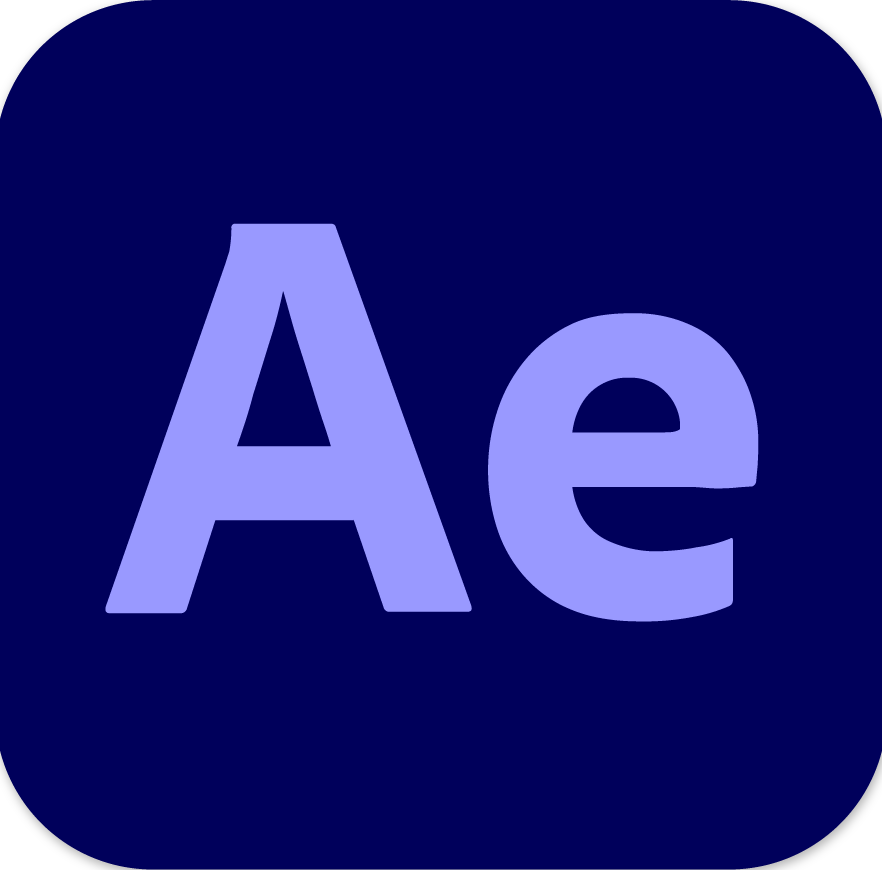

Exceptionally accurate
Built from empirical data to be an organic and
comprehensive embodiment of photochemical imaging.
Detail & Halation The physics of emulsion enables film to render detail in ways that are notoriously difficult to faithfully reproduce. "Halation", "Acutance", and "Aura" are loose terms for pieces of a phenomenon far more complex than a glow. Filmbox uses advanced processing to achieve an indistinguishable match to a negative’s soft yet detailed character across its latitude and color response.
Color & Tone Dense datasets are used to transform spectral radiance values from the digital image to match the film negative’s complex response to those same light values across its latitude, along with its intricate interaction with print film — faithfully reproducing the combined response of a projected contact print on your display.
Grain & Texture Filmbox reproduces the tonal distribution of grain across the density of each channel of the negative emulsion as well as the structural and temporal qualities and even subtle large-scale effects of the development process as sampled from real scans.
Gate Weave & Dust Film transport mechanisms are not perfectly stable, and labs are not perfectly clean.
If desired, Filmbox can model the subtle instability of real 35mm and 16mm cameras, and procedurally place samples of real dust.
Fully stocked
Seven photochemical systems.
Ninety-eight film stocks.
Dance across the full spectrum of cinema and photography.
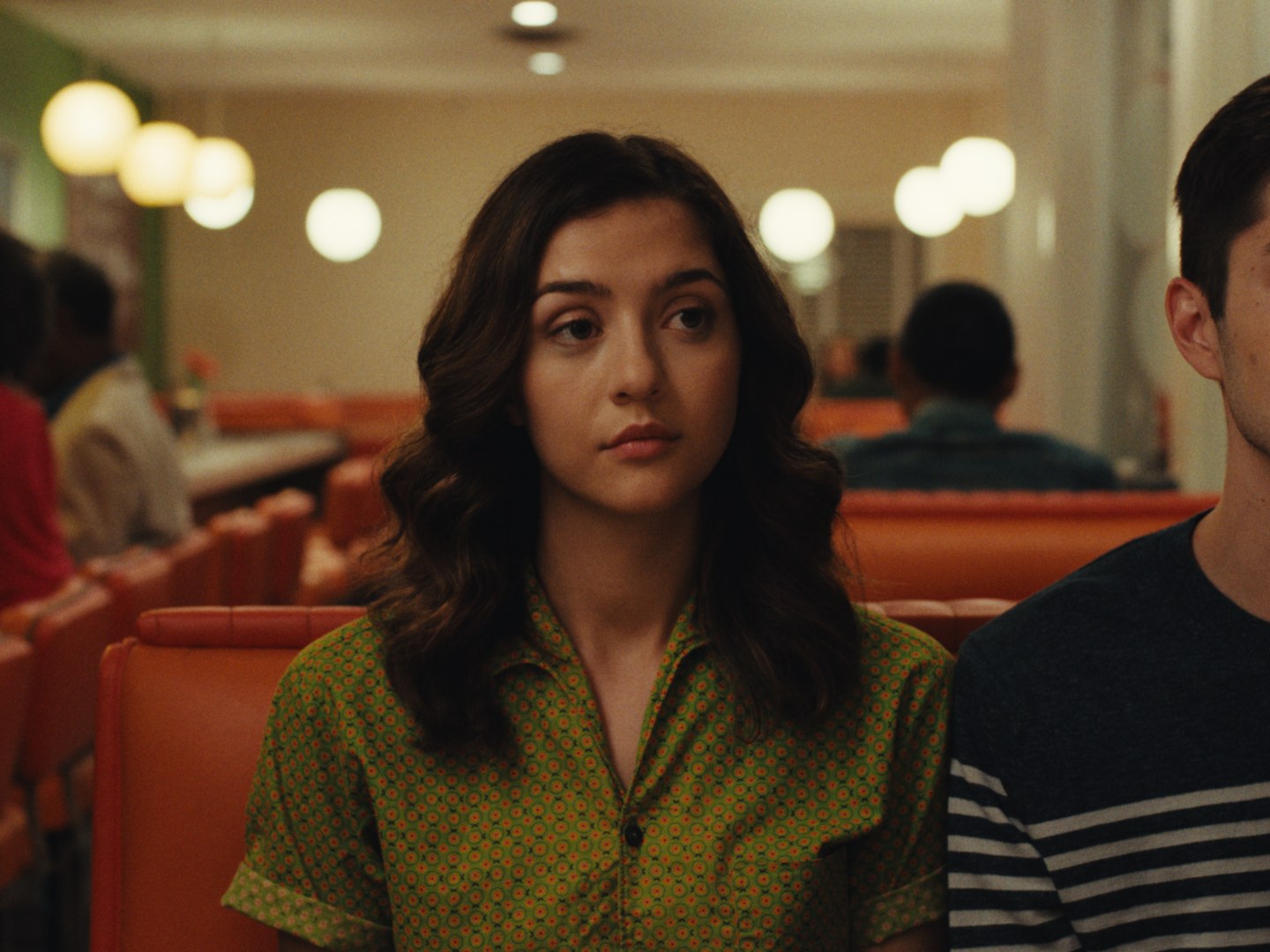
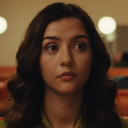
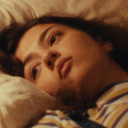



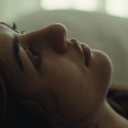
Vision3 ECN-2
Bleach Bypass ECN-2
Ektachrome ECN-2
Color Photo C-41
Vintage Cinema
Reversal E6
B/W Photo
Expressive controls
Simple creative controls that tune the image like analog physics.


Print style Each negative can be emulated as a print, or as a telecine-style negative transfer, or anything in between for dramatically different vibes.


Gauge The smaller the film, the stronger the textural characteristics. Choose between 8mm, 16mm, 35mm, VistaVision, or 65mm (or configure your own).


Acutance Adjust local tonality and micro-contrast, analogous to lab techniques that influence fine texture and broader tonal separation.


Push and pull Simulates over- or underexposing a negative to produce different tonal and textural responses.
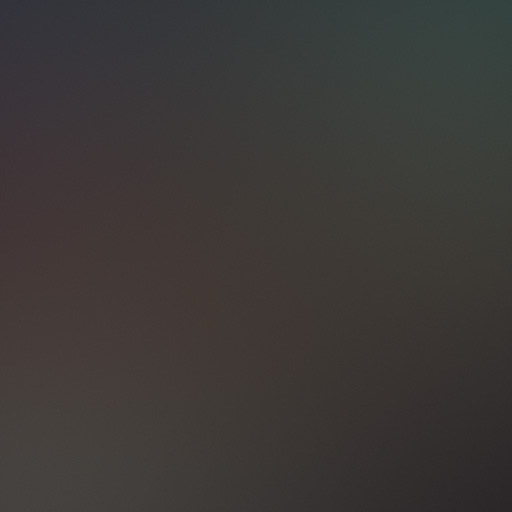
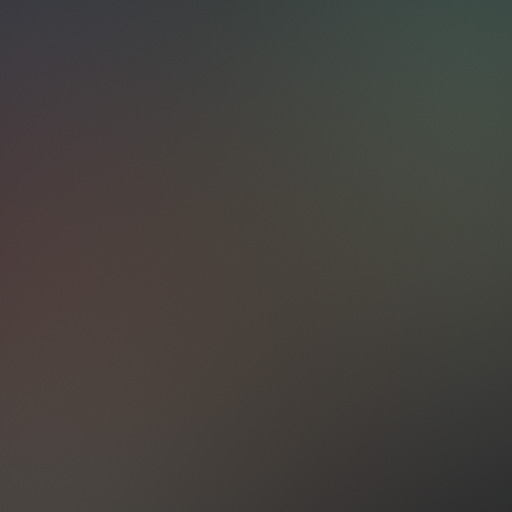
Color density Raise or lower the “brightness” of saturated colors.


Vibrance Increase or decrease the richness of color in a filmic way that prevents harsh colors and imbalanced skin tones.


Contrast A refined function that behaves like changing the gamma of the negative and avoids destroying shadows and highlights.


Split tone Push shadows and highlights toward opposing hues, as can occur when emulsion layers develop with unequal contrast.


Printer lights Adjust the color balance of the image with controls that behave like analog printer lights.


True exposure Exposure and color balance controls that behave like their on-set counterparts.
Deep customization
Tweak everything with dozens of parameters.
Professional features
Custom workflows, advanced color pipelines, and pro I/O.
Halation & Grain Only Mode Bypass color processing and use Filmbox to craft grain, halation, and acutance within your own color processing.
ACES & RCM Fully compatible with ACES 1.3/2.0 and Resolve Color Management without compromising accuracy.
Multi-node grading Split into ‘negative-only’ and ‘print-only’ nodes and grade between them, like a film scan DI.
HDR Consistent across SDR/HDR; simple control unrolls highlight latitude up to 1000 nits with filmic character.
Performance optimized Real-time 4K grading on a MacBook Pro. Multi-GPU support for blazing render speeds.
Input spaces Supports every major camera and intermediate space; accepts generic Rec.709 or P3 for approximate emulation.
Display spaces Supports all major mastering standards and color-managed outputs, including white-point simulation.
LUT export with metadata Exports 33×/65× LUTs of the active setup, embedding all Filmbox settings as metadata.
User Preset export Export Filmbox configurations to .filmbox files to exchange grades between hosts like Premiere and Resolve.
Live on-set preview Supports Resolve Live to processes log camera feeds for realtime on-set preview.
Two delicious flavors
There's a way to give every project the soul of film.
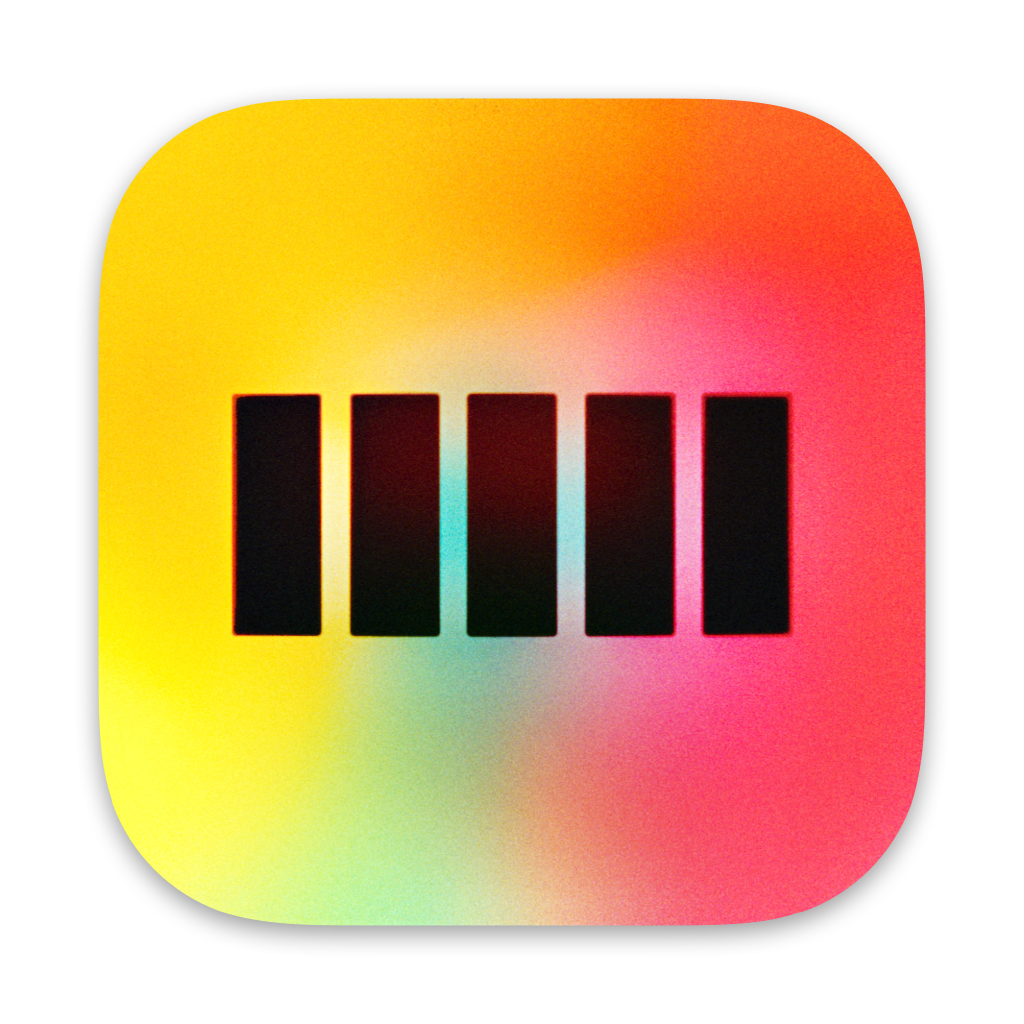
Filmbox Pro
All the control. All the stocks. All the features.

Filmbox Looks
Full Filmbox science, simplified controls.
100+ useful looks
Tweakable presets built from real stocks.
From clean and commercial to bold and expressive.
Fine tuned to help you quickly achieve any aesthetic goal.
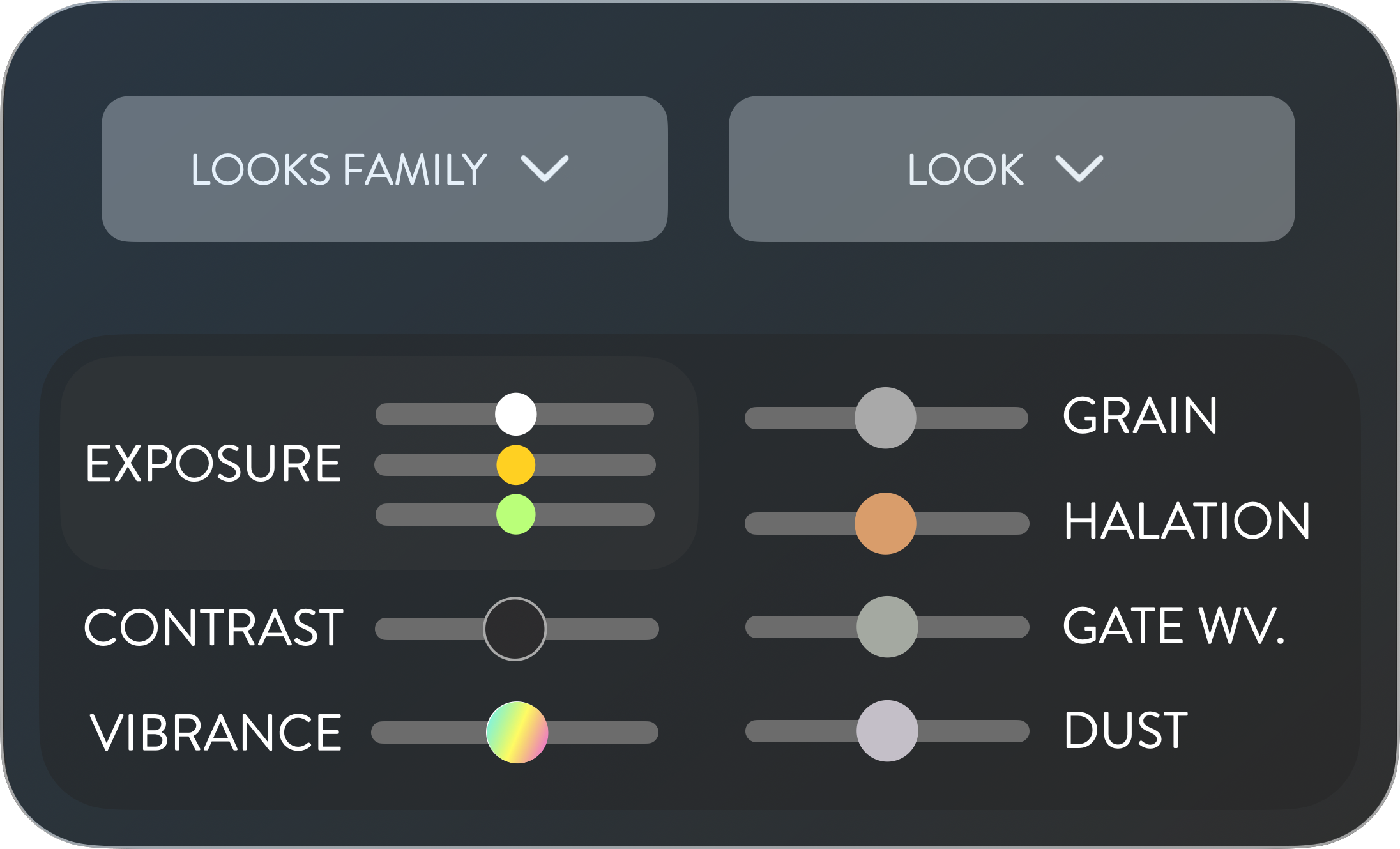
Full Filmbox science, simplified controls
Powered by the same ultra-organic spatial, textural, and photometric processing of Filmbox Pro.
Priced for creators, editors, and indie filmmakers.
Apply the full purchase price towards Filmbox Pro at any time.
Open your Looks project in Filmbox Pro for advanced customization and instant compatibility with high-end postproduction facilities.
Compare Filmbox editions
 Filmbox Looks Filmbox Looks |  Filmbox Pro Filmbox Pro | |
|---|---|---|
| Film Engine | Full textured, spatial, and photometric simulation. | |
| Looks Library | 100+ tuned looks built from real film stocks
| |
| Film Stocks | No direct access to individual stocks | 98 stocks 8mm, 16mm, 35mm, full-frame 35mm, and 65mm gauges
|
| Modes |
|
|
| Controls |
|
|
| Display Colorspaces |
|
|
| Color Management |
|
|
| LUT Export | Supported LUTs include Filmbox metadata, too | |
| User Presets | Export Only | Import & Export |
| Max Resolution | UHD 3840 x 3840 | No resolution limit |
| Cameras & Input Spaces |
| |
| Performance | 4K realtime playback on a MacBook Pro in Resolve. Optimized for NVIDIA GPUs (Windows and Linux) and Metal (macOS) | |
| Multi-GPU | Multiple GPUs supported for both playback and rendering | |
| Works in apps | ||
| Operating Systems |
| |
| Resolve Live | Live video feed processing via Resolve Live | |
| Device Activations | 1 included Add-on activations can be purchased at any time. | 2 included Add-on activations can be purchased at any time. |
Our comprehensive user guides cover everything you need to know to get started and understand the full pipeline.

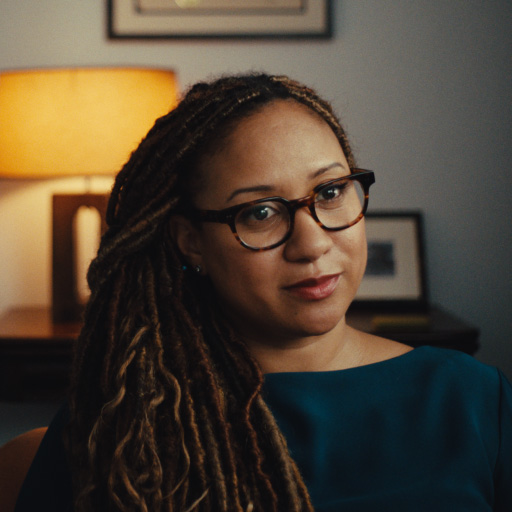
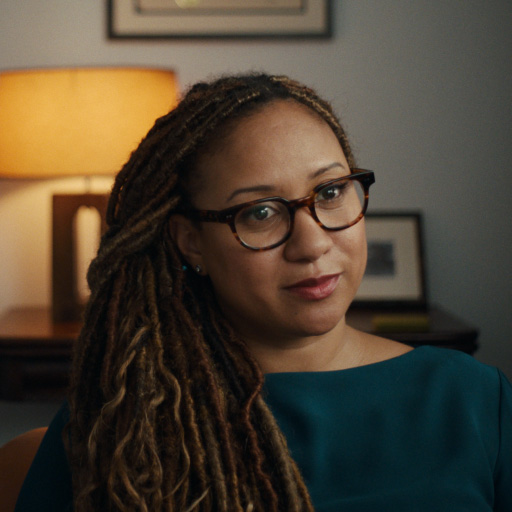
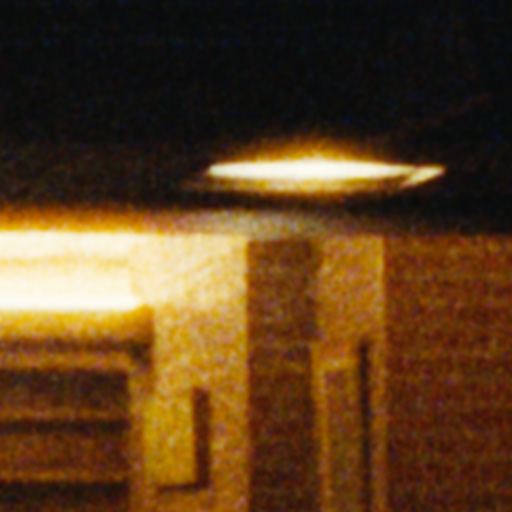
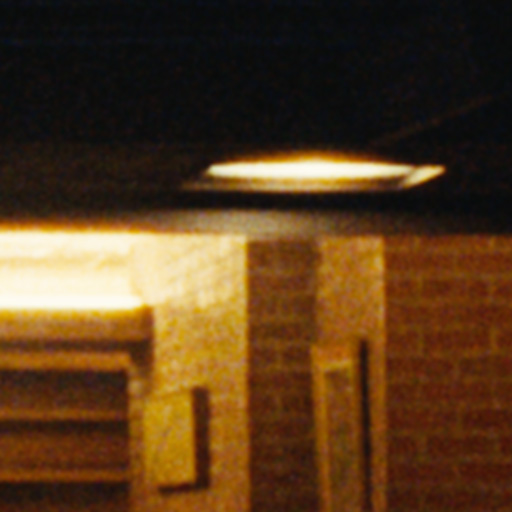

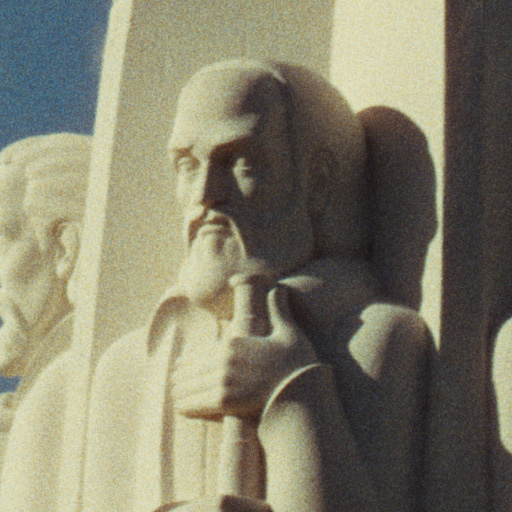
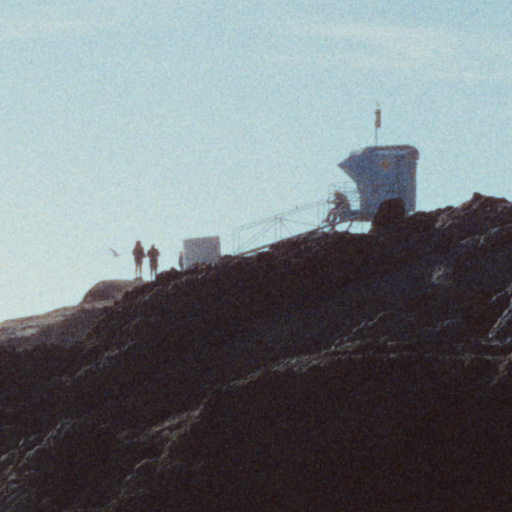
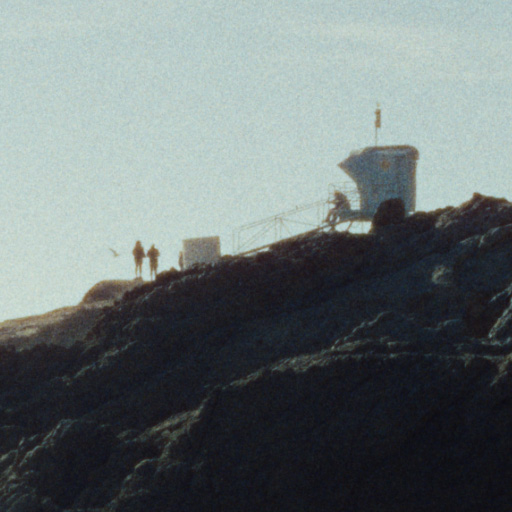
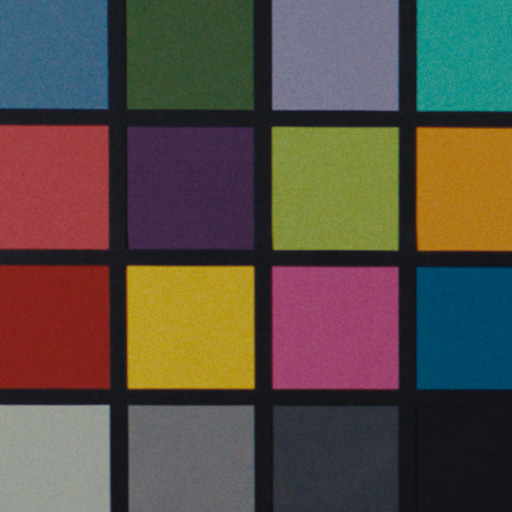
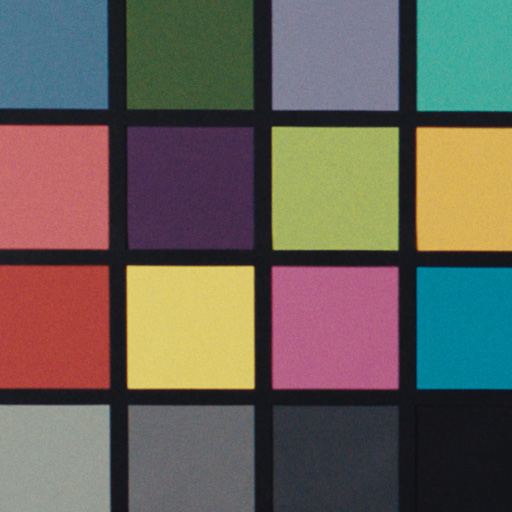
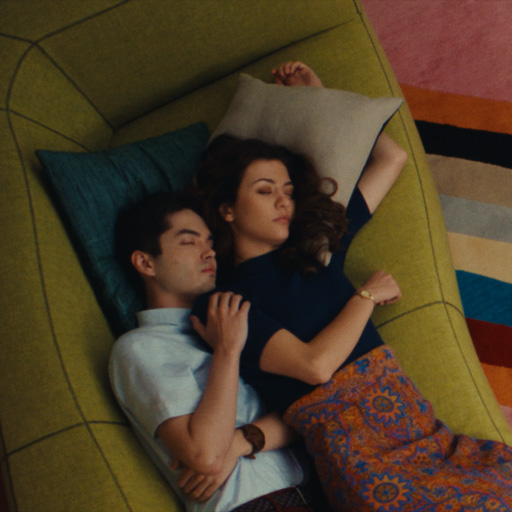
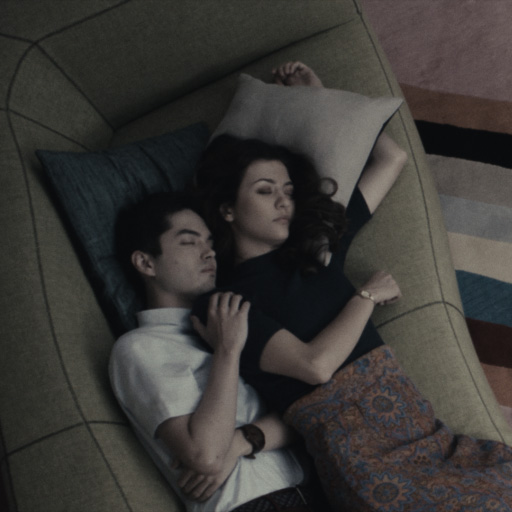
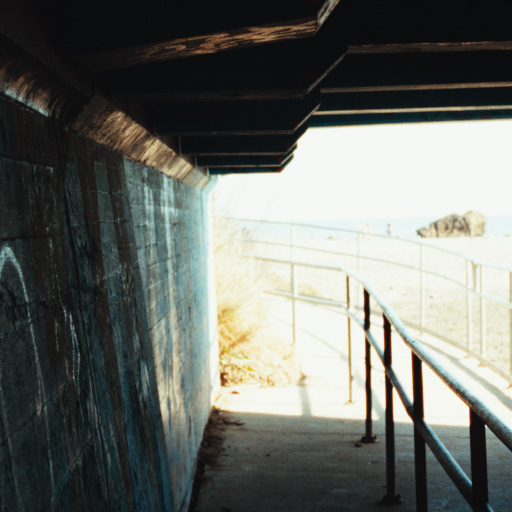

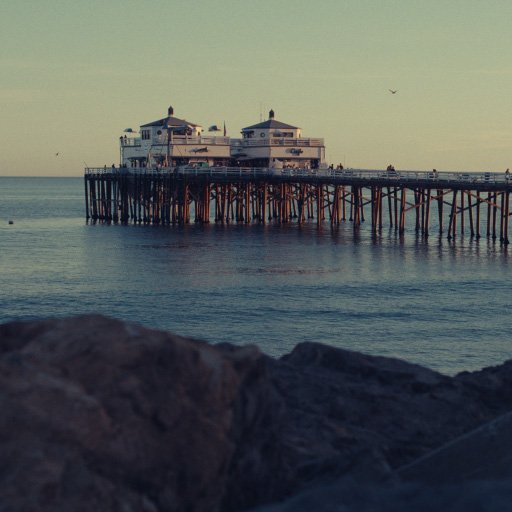
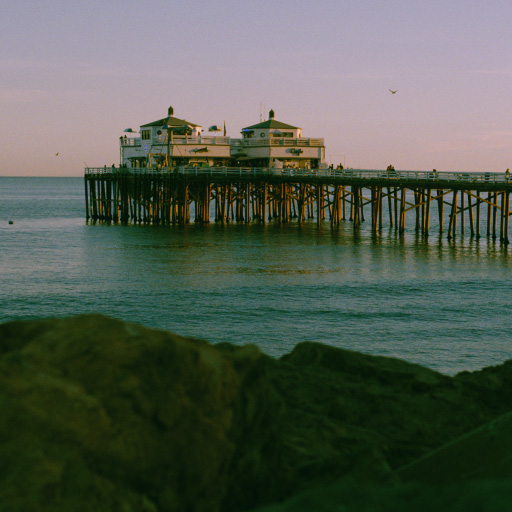


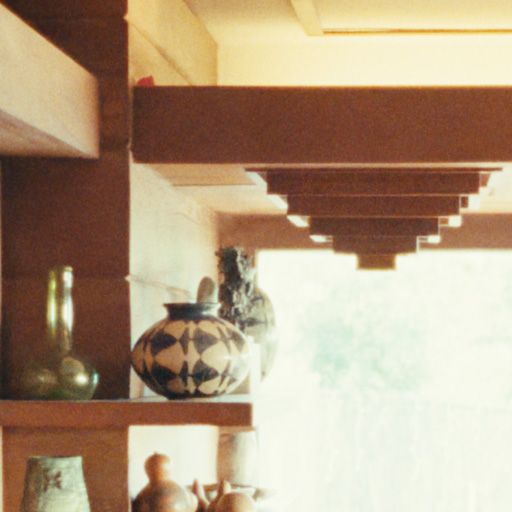
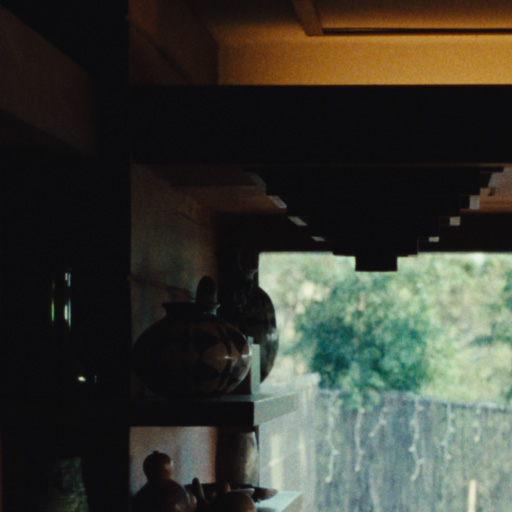
 Made in California
Made in California